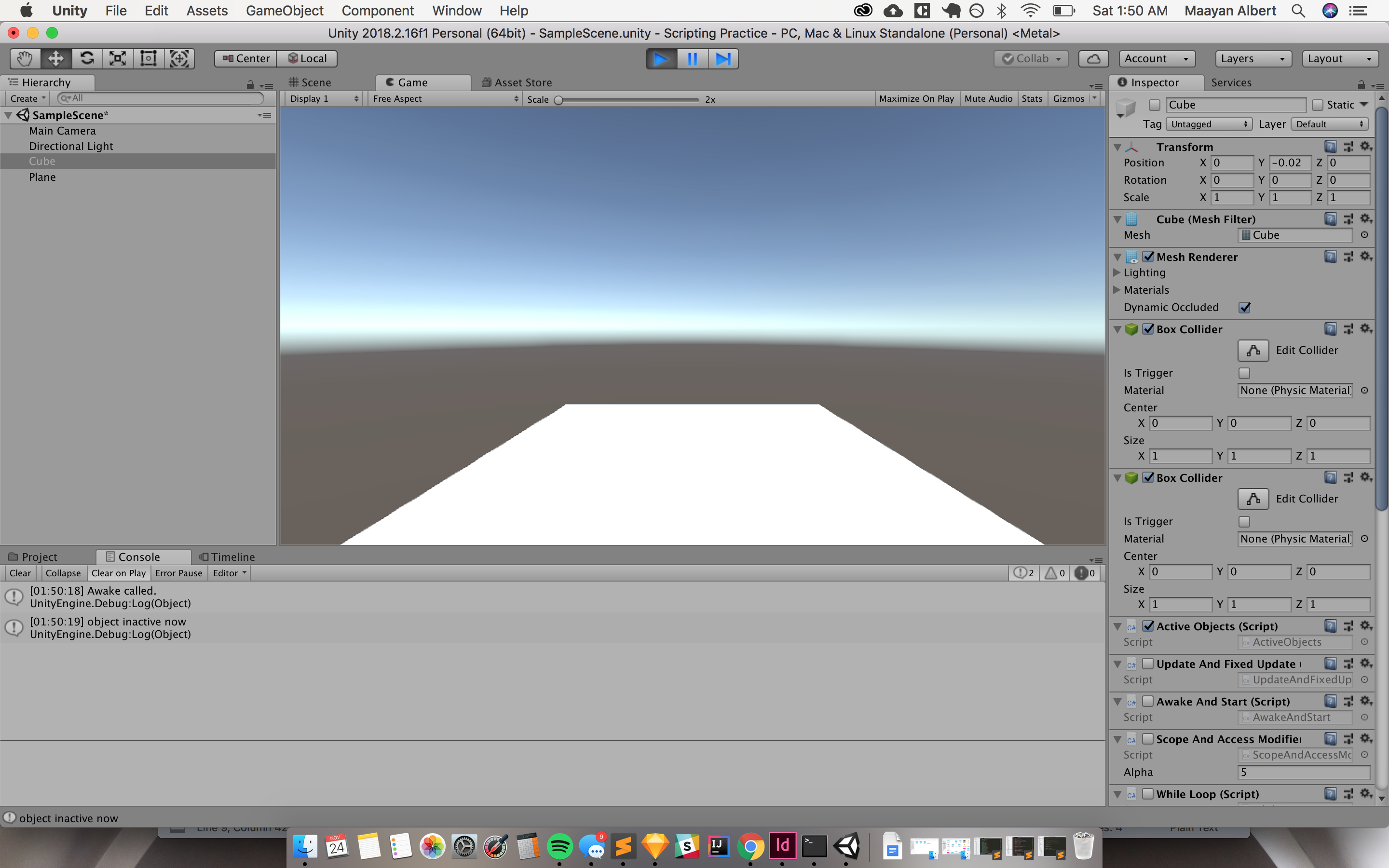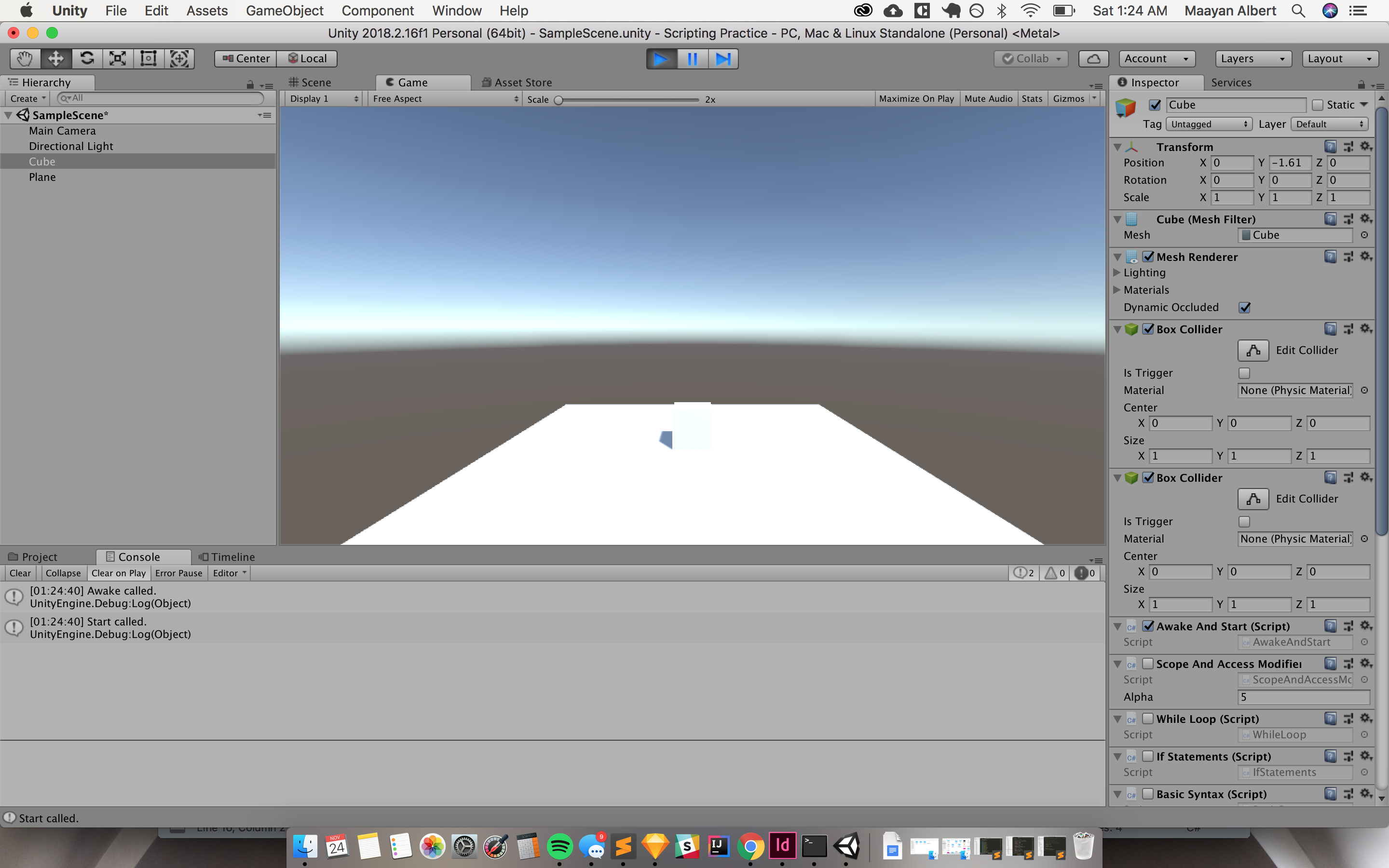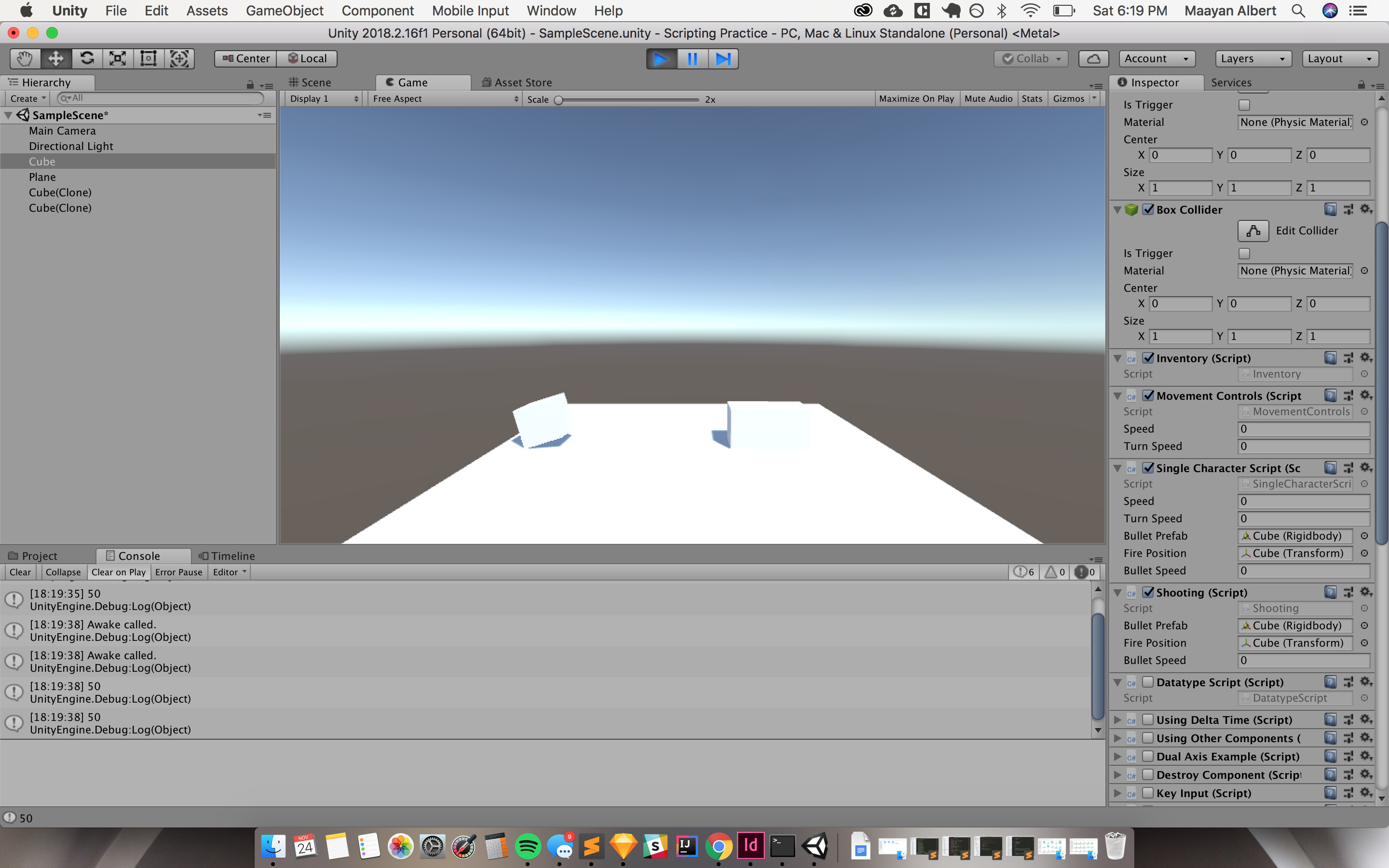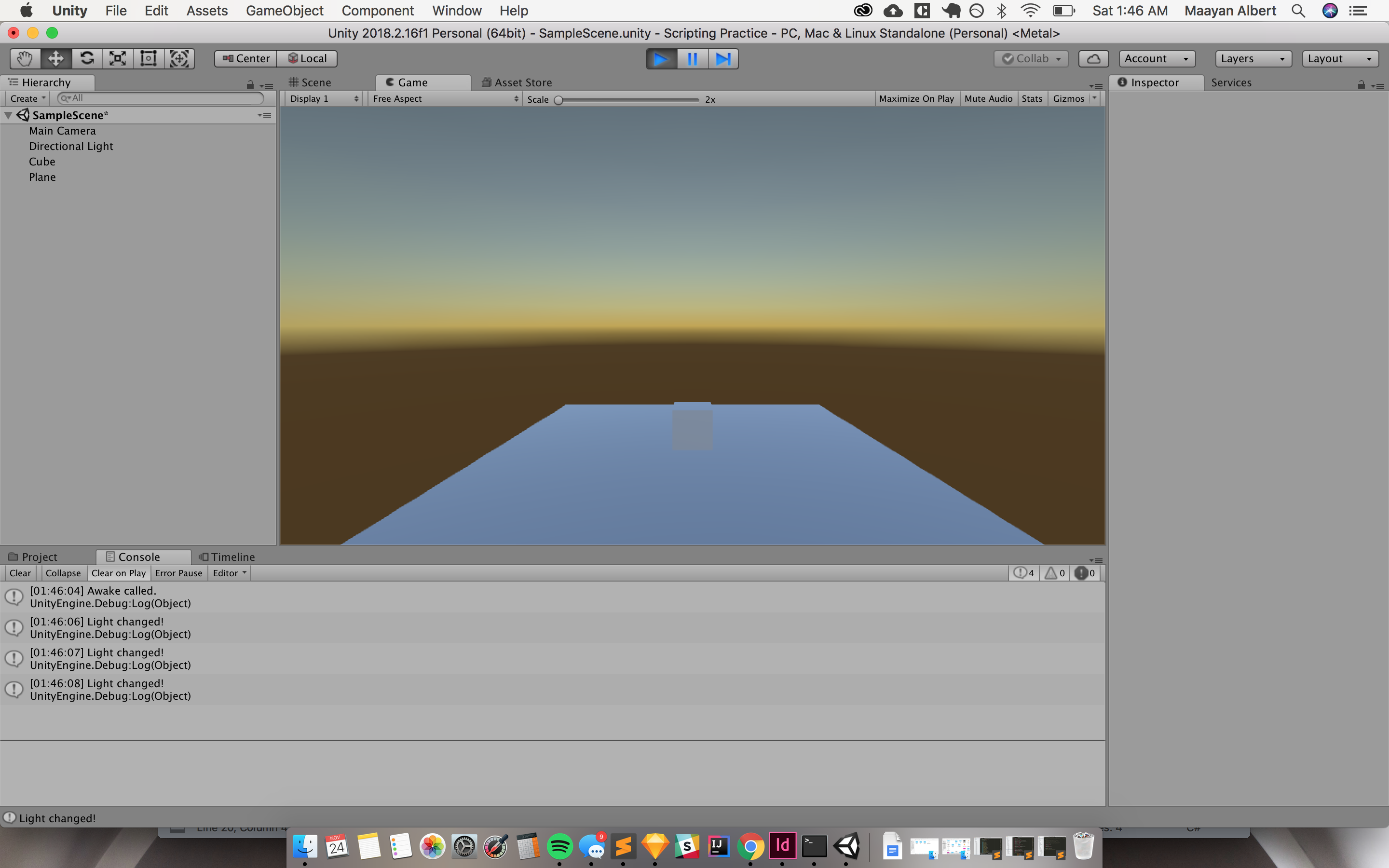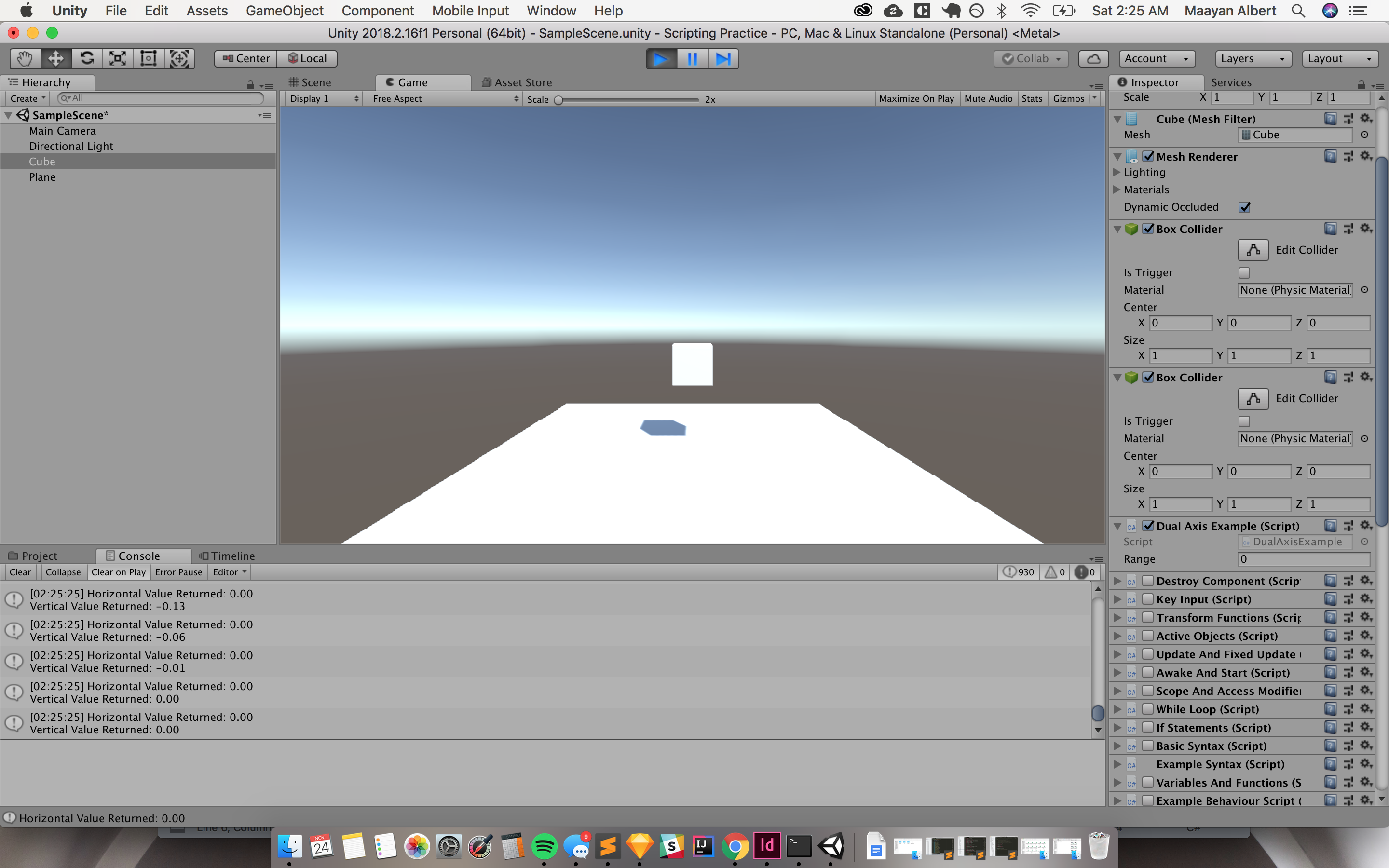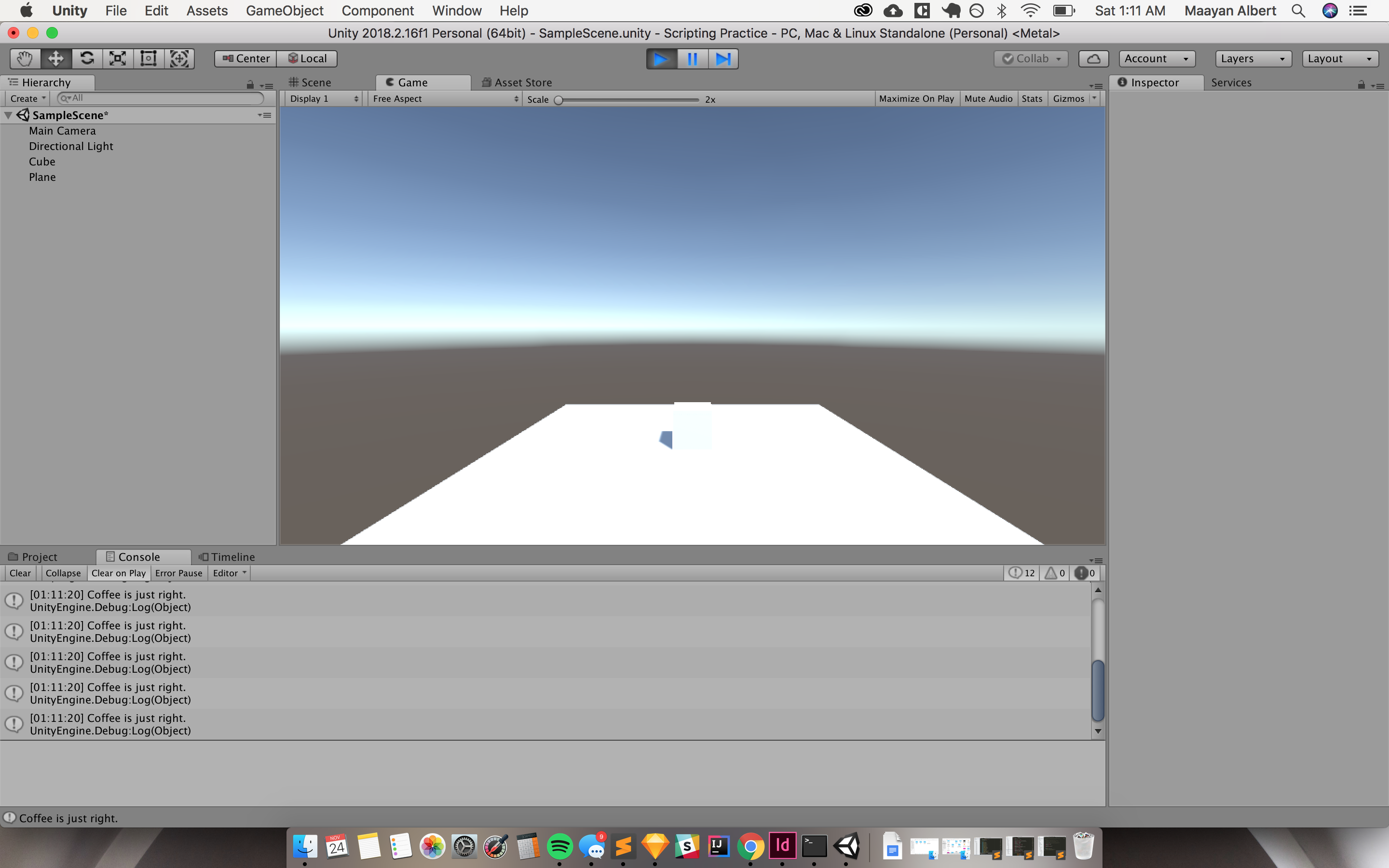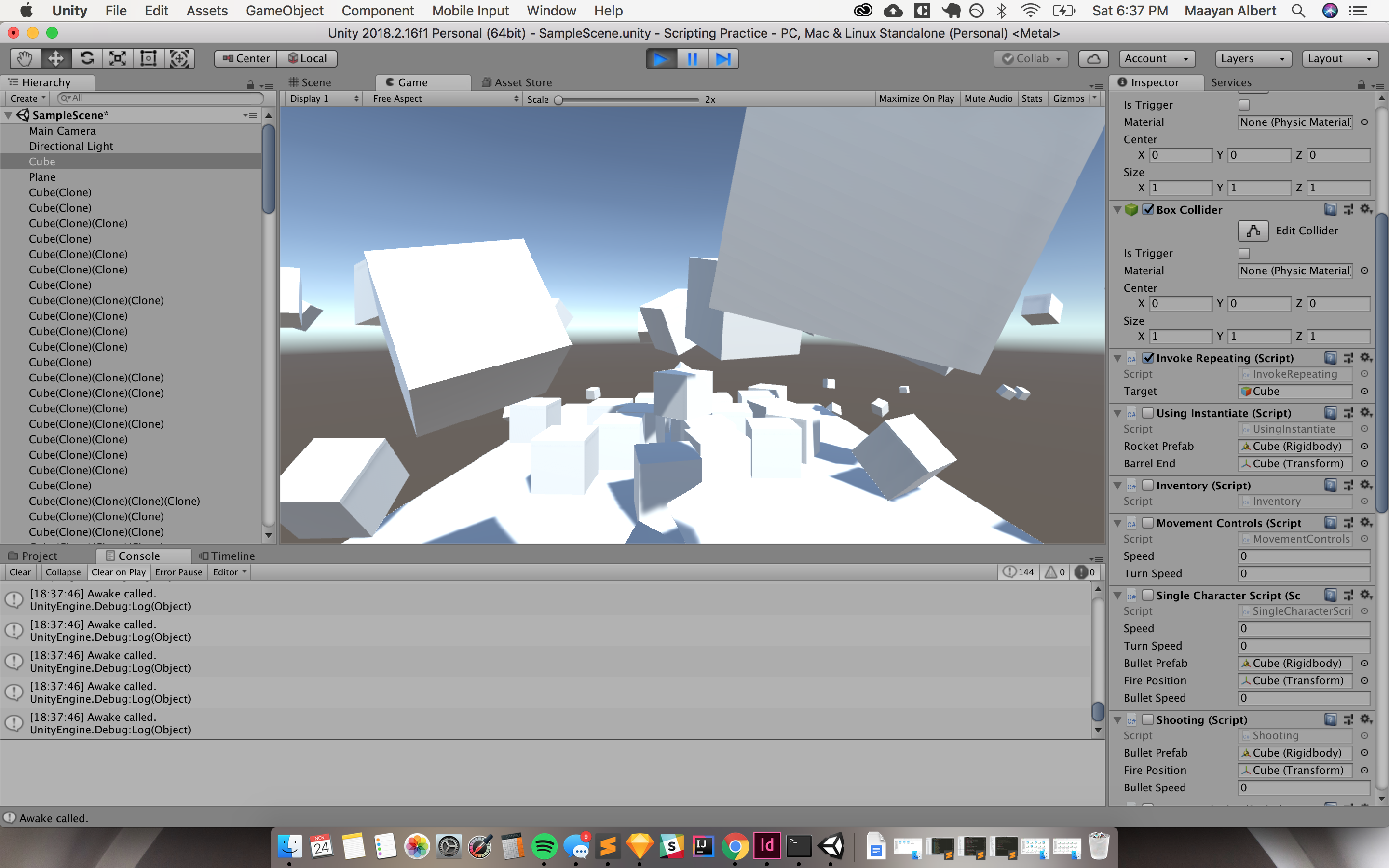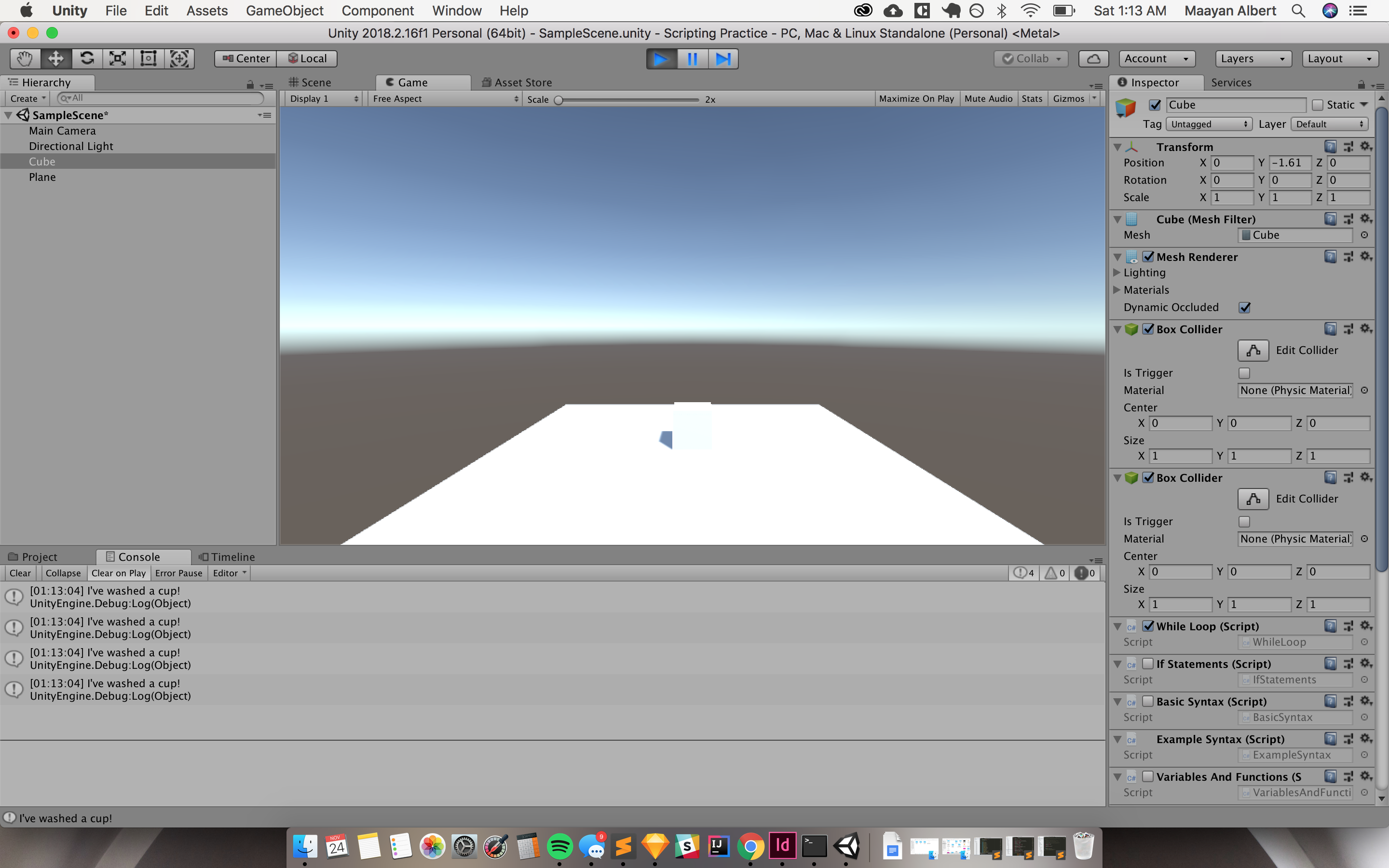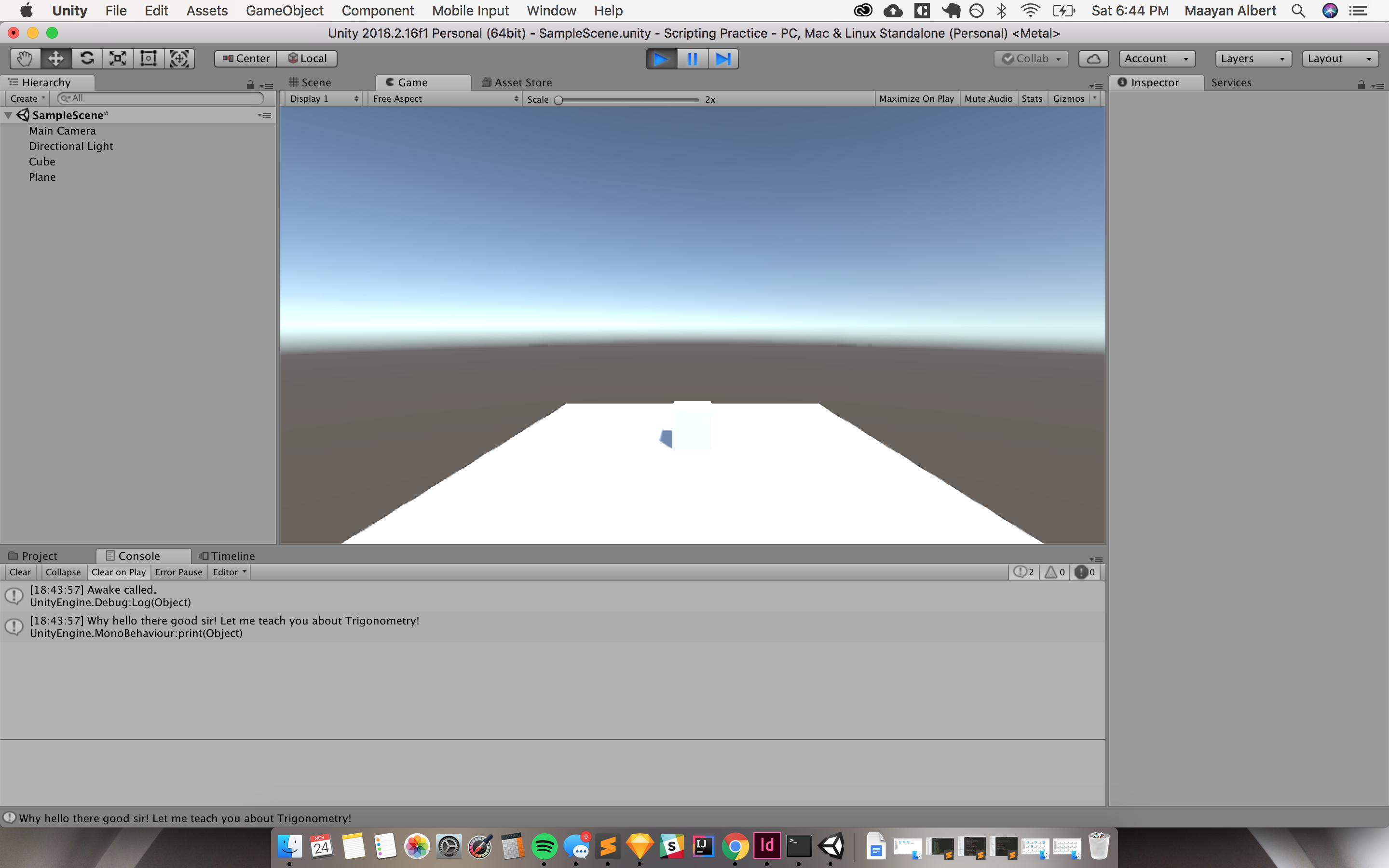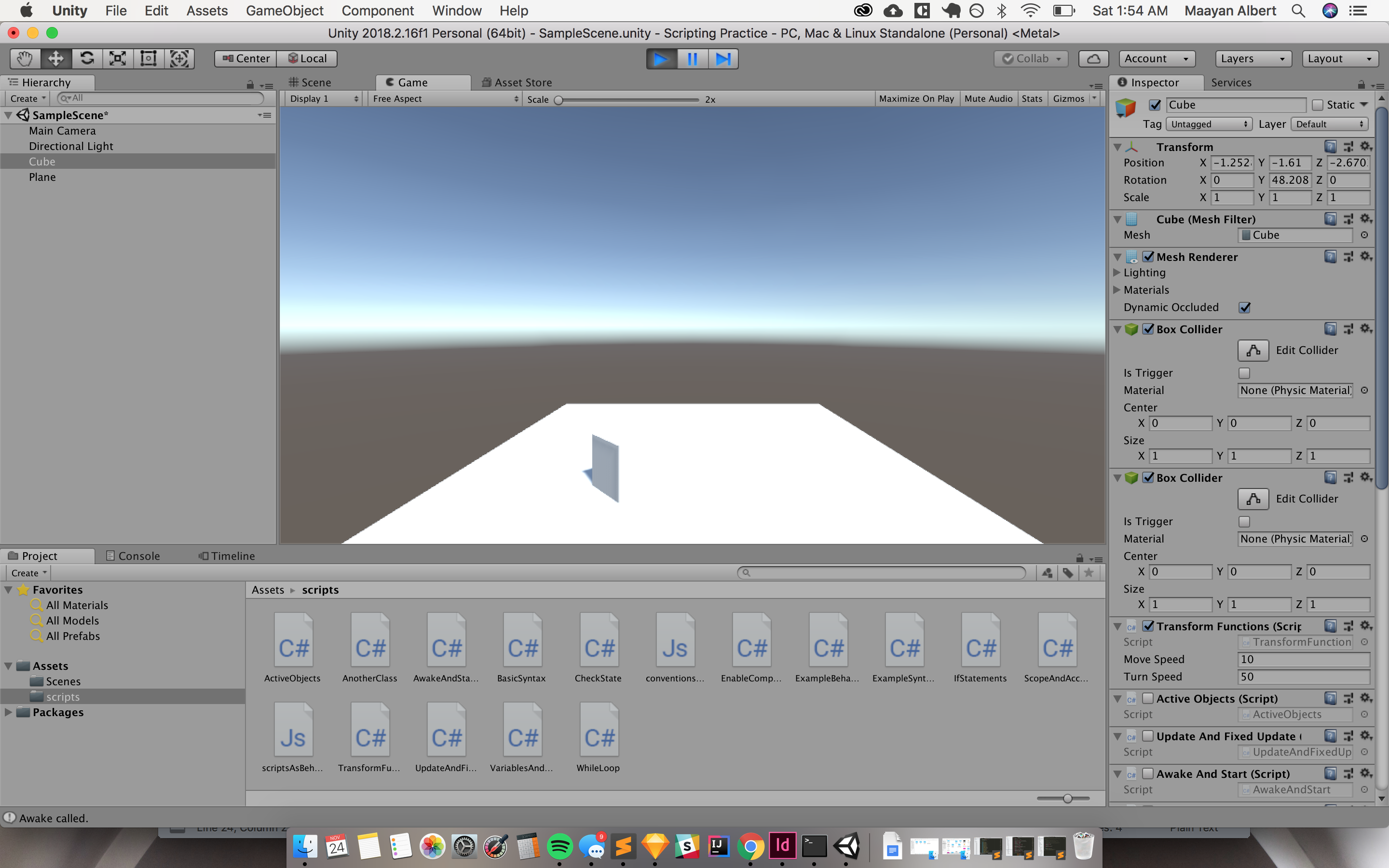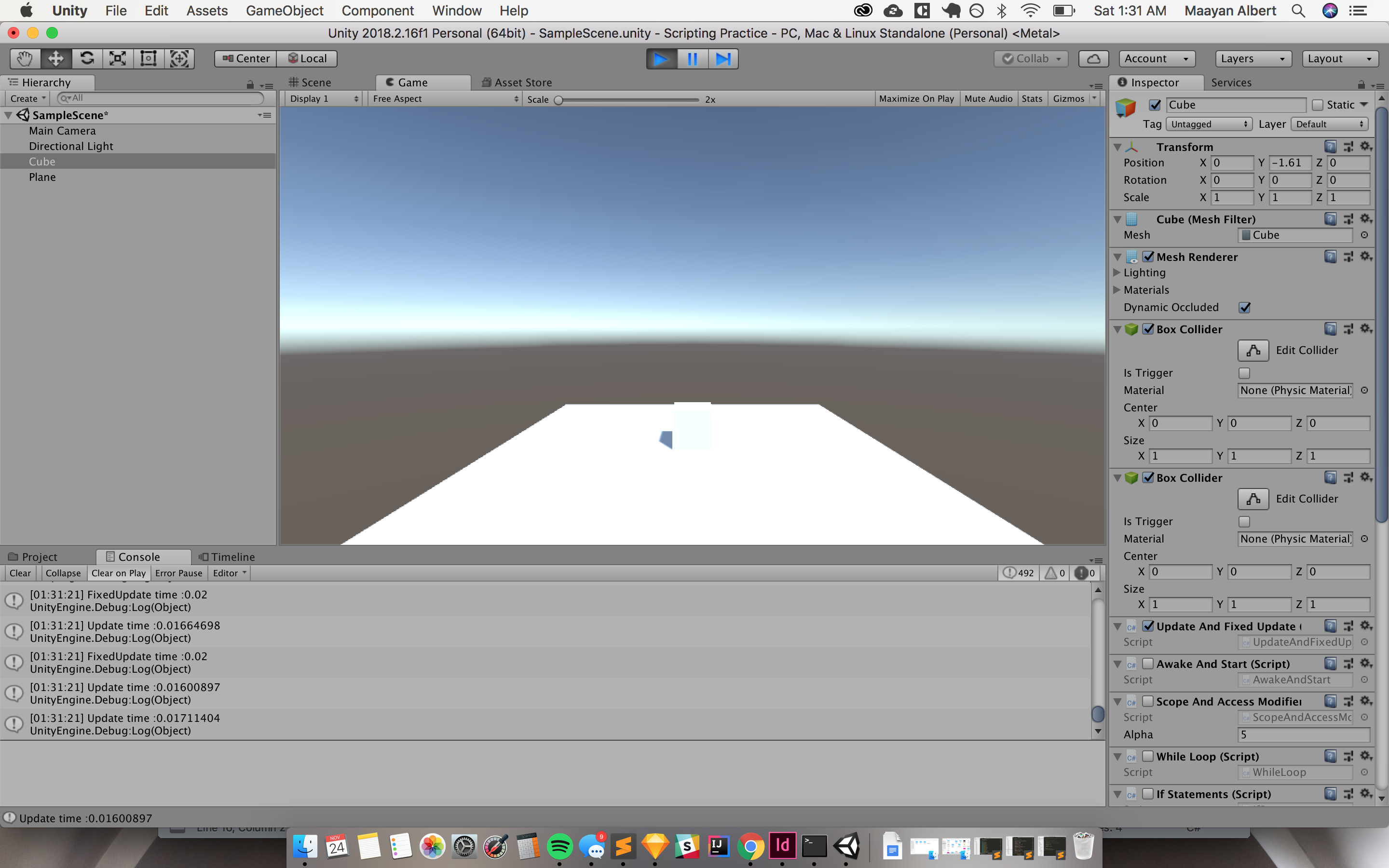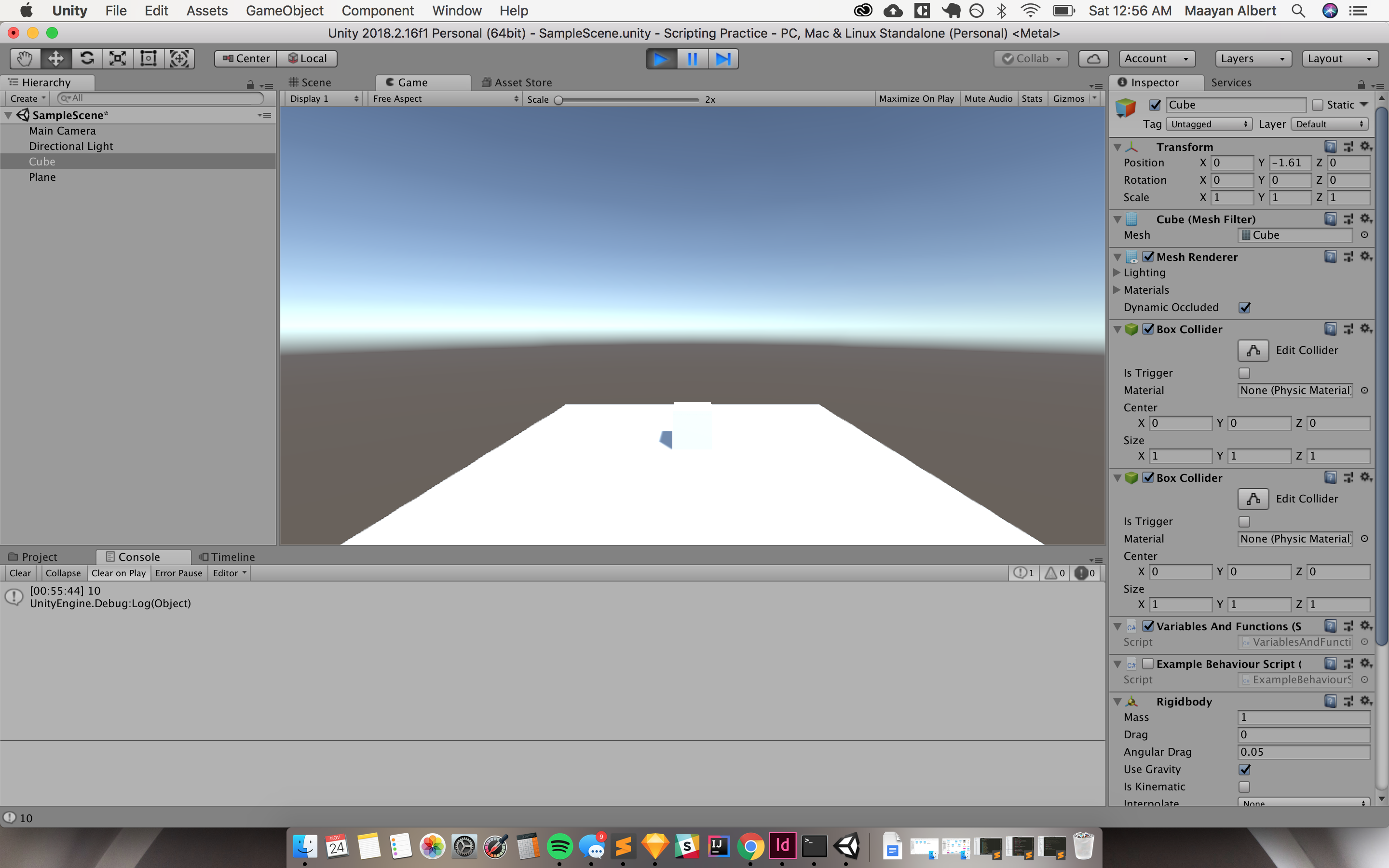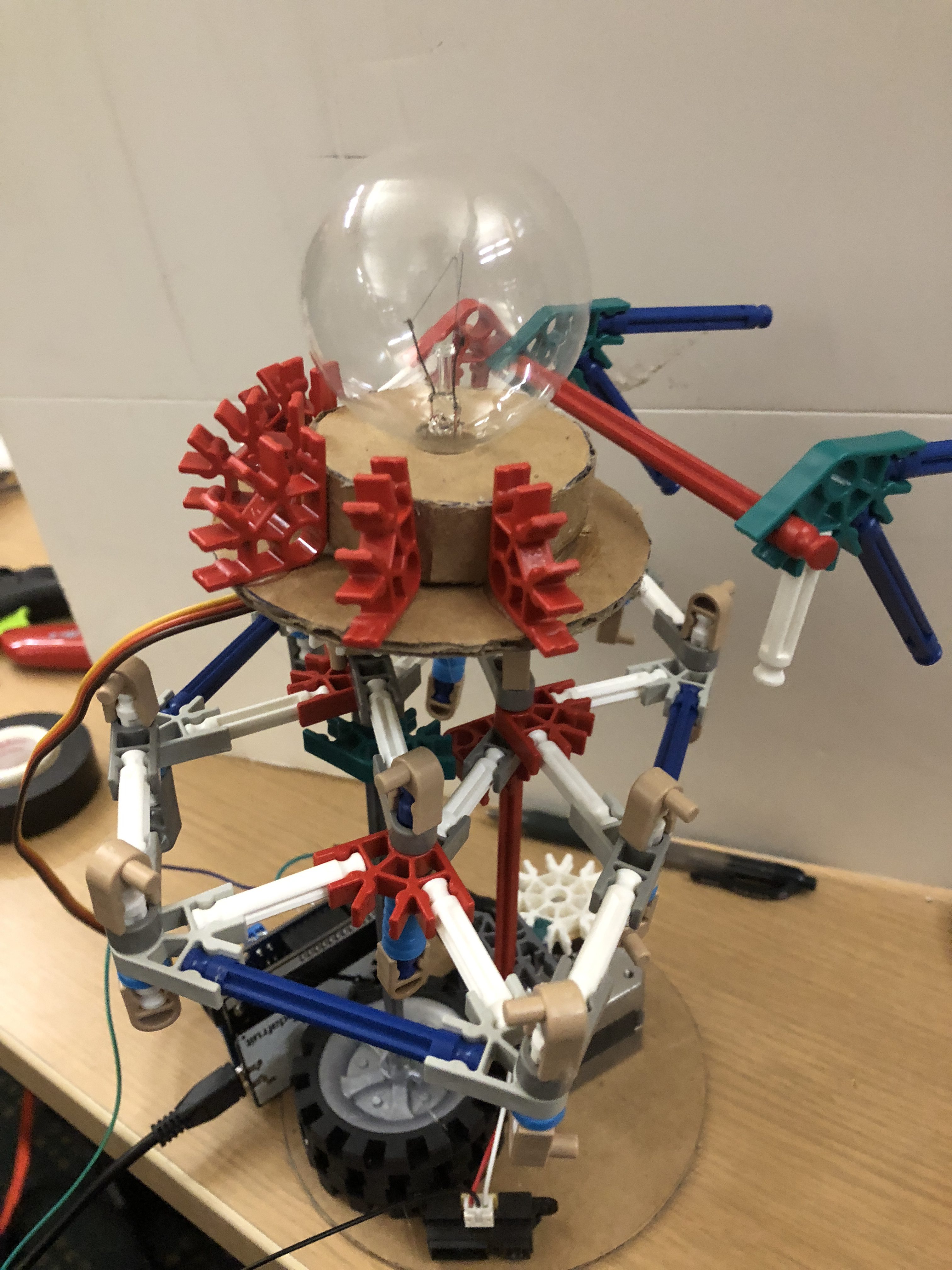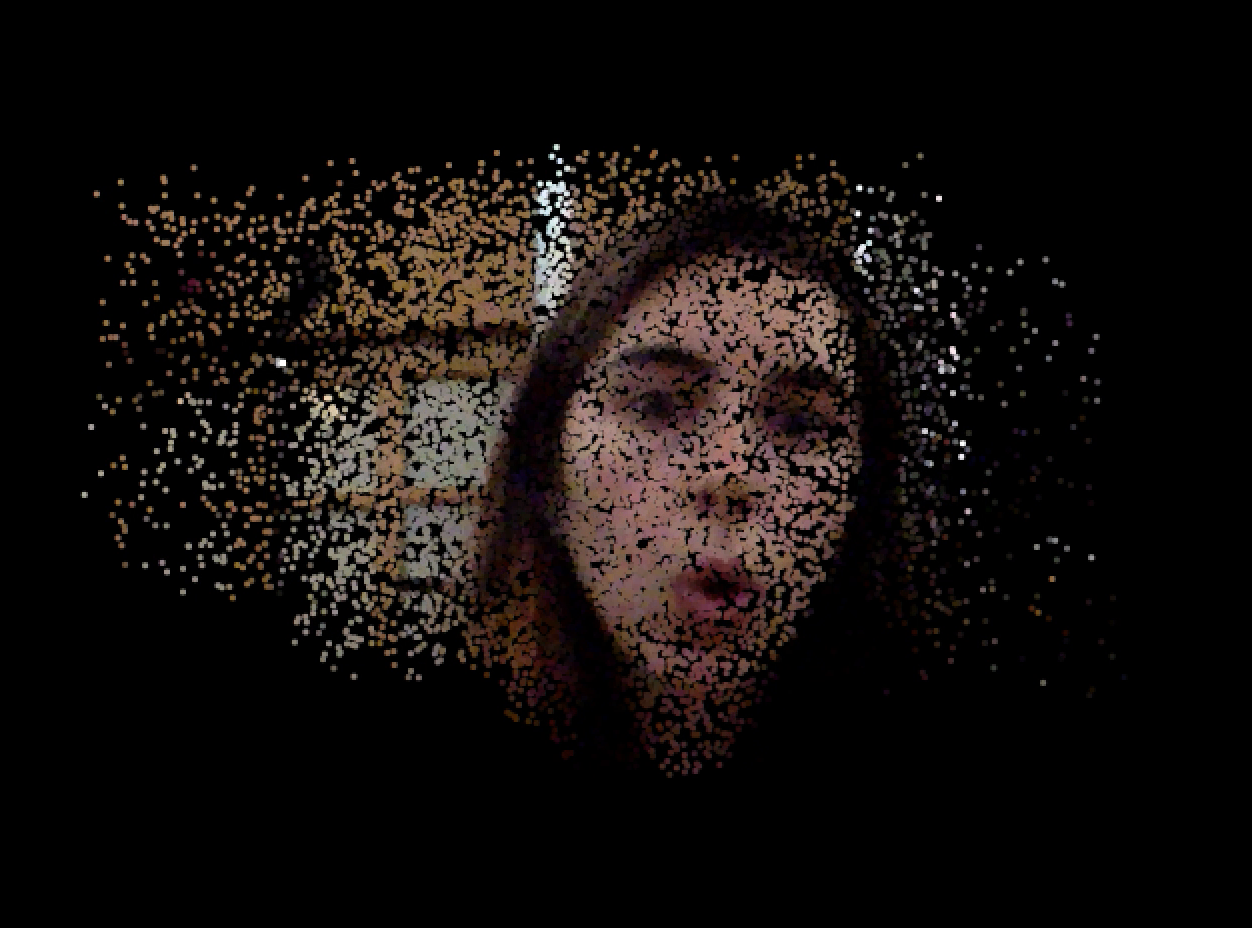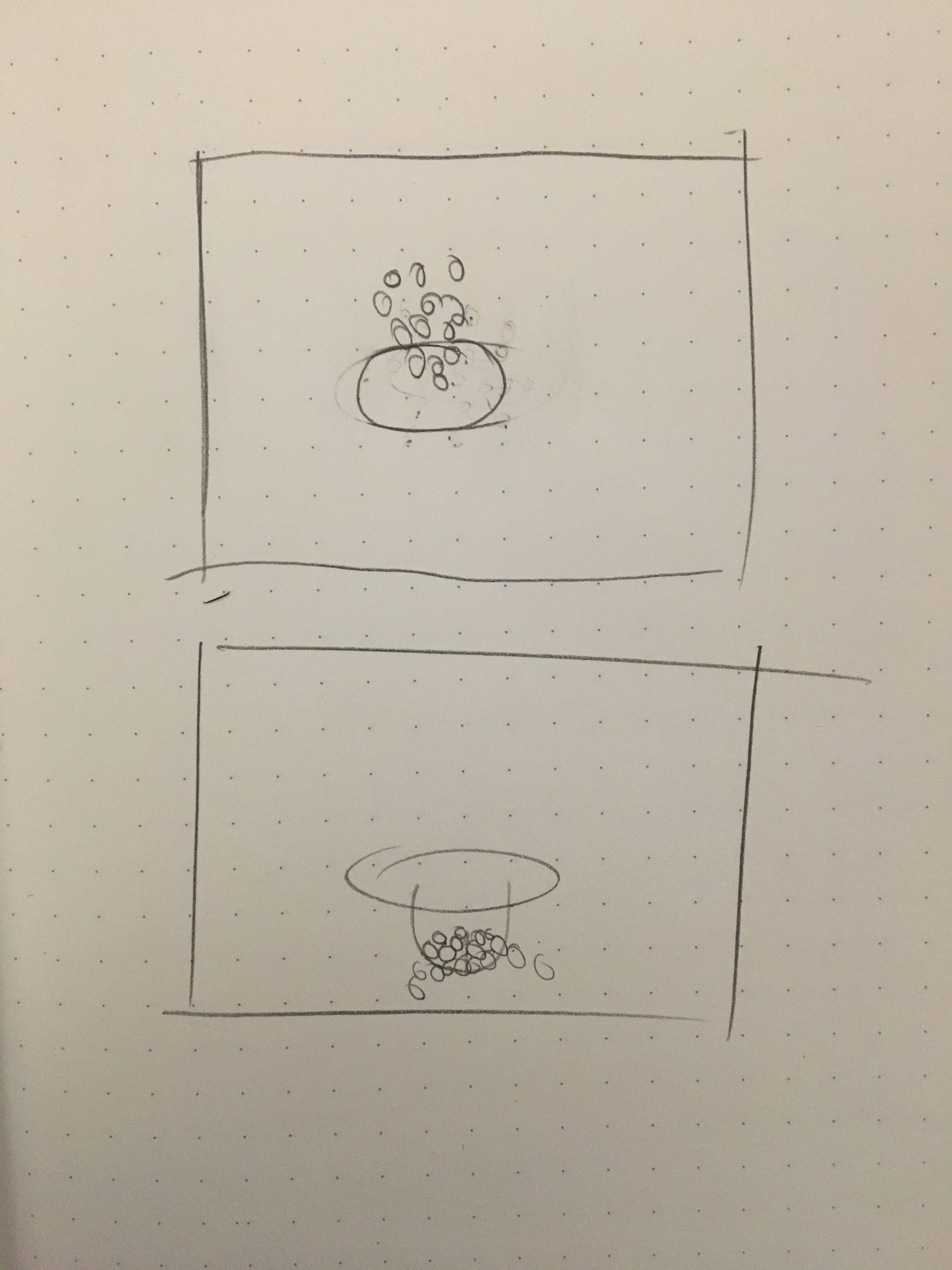import random
from random import shuffle
from os import listdir
from os.path import isfile, join
punctuations = ["","'s", ".", ":", ",", "!", "?", ";"]
quotations = ["'", '"', "(", ")", '“','”']
splitters = {"\n", "-"}
def makeNameSets(year = 2017):
path = "names/"
files = [f for f in listdir(path) if isfile(join(path, f))]
nameFile = getRightFile(year)
contents = open("names/" + nameFile, "r")
namesArr = contents.read().split("\n")
femaleNames = dict()
maleNames = dict()
for namePkg in namesArr:
sliced = namePkg.split(",")
if(len(sliced) == 3):
name, gender, pop = sliced
if(gender == "F"):
if(name[0] in femaleNames):
letterDict = femaleNames[name[0]]
else:
letterDict = dict()
femaleNames[name[0]] = letterDict
else:
if(name[0] in maleNames):
letterDict = maleNames[name[0]]
else:
letterDict = dict()
maleNames[name[0]] = letterDict
letterDict[name] = int(pop)
return(femaleNames, maleNames)
def getRightFile(year):
path = "/Users/Maayan/Google Drive/year 4.0 : senior fall/golan intermediate studio/07-book/gender flipper/names/"
files = [f for f in listdir(path) if isfile(join(path, f))]
files = sorted(files)
return files[binSort(year, files, 1, len(files))]
def binSort(year, files, lowerInd, upperInd):
midInd = (upperInd - lowerInd)//2 + lowerInd
mid = int(files[midInd][3:7])
if(mid == year):
return midInd
elif(mid < year): if(midInd == len(files)-1): return midInd else: return binSort(year, files, midInd, upperInd) else: if(midInd == 1): return midInd else: return binSort(year, files, lowerInd, midInd) def getNamesInNovel(contents, femaleNames, maleNames): names = dict() for word in contents: wordIters = [word] nameFound = None gender = None for i in range(1, 4): if(len(word) >i):
wordIters.append(word[:i*-1])
wordIters.append(word[i:len(word)])
for wordIter in wordIters:
if(len(wordIter) != 0):
firstLetter = wordIter[0]
else:
continue
if firstLetter in femaleNames and wordIter in femaleNames[firstLetter].keys():
curDict = femaleNames[firstLetter]
if(curDict[wordIter] > 50):
nameFound = wordIter
gender = "f"
break
if firstLetter in maleNames and wordIter in maleNames[firstLetter].keys():
curDict = maleNames[firstLetter]
if(curDict[wordIter] > 50):
nameFound = wordIter
gender = "m"
break
if(nameFound != None):
names[nameFound] = gender
return names
def nameDictGenerator(contents, year):
femaleNames, maleNames = makeNameSets(year)
namesInNovel = getNamesInNovel(contents, femaleNames, maleNames)
nameDict = dict()
for name in namesInNovel.keys():
if(namesInNovel[name] == "f"):
nameSet = maleNames[name[0]]
sameNameSet = femaleNames[name[0]]
else:
nameSet = femaleNames[name[0]]
sameNameSet = maleNames[name[0]]
closestName = findClosestName(name, nameSet, sameNameSet)
if(name != "" and closestName != ""):
addToDict(name, closestName, nameDict, True)
return nameDict
def findClosestName(name, nameSet, sameNameSet):
leastDist = None
closestName = None
closestNames = []
maxDist = 3
for otherName in nameSet:
if(otherName in sameNameSet):
continue
if(len(name) > 0 and len(otherName) > 0 and name[0] != otherName[0]):
continue
dist = iterative_levenshtein(name, otherName)
if(dist <= 3 and otherName): closestNames.append(otherName) elif(leastDist == None or leastDist > dist):
leastDist = dist
closestName = otherName
if(len(closestNames) == 0):
return closestName
else:
return findMostPopularName(closestNames, nameSet)
def findMostPopularName(closestNames, nameSet):
mostPopName = None
mostPopValue = None
for name in closestNames:
popValue = nameSet[name]
if(mostPopValue == None or popValue > mostPopValue):
mostPopValue = popValue
mostPopName = name
return mostPopName
def iterative_levenshtein(s, t, costs=(1, 1, 1)):
"""
iterative_levenshtein(s, t) -> ldist
ldist is the Levenshtein distance between the strings
s and t.
For all i and j, dist[i,j] will contain the Levenshtein
distance between the first i characters of s and the
first j characters of t
costs: a tuple or a list with three integers (d, i, s)
where d defines the costs for a deletion
i defines the costs for an insertion and
s defines the costs for a substitution
"""
rows = len(s)+1
cols = len(t)+1
deletes, inserts, substitutes = costs
dist = [[0 for x in range(cols)] for x in range(rows)]
# source prefixes can be transformed into empty strings
# by deletions:
for row in range(1, rows):
dist[row][0] = row * deletes
# target prefixes can be created from an empty source string
# by inserting the characters
for col in range(1, cols):
dist[0][col] = col * inserts
for col in range(1, cols):
for row in range(1, rows):
if s[row-1] == t[col-1]:
cost = 0
else:
cost = substitutes
dist[row][col] = min(dist[row-1][col] + deletes,
dist[row][col-1] + inserts,
dist[row-1][col-1] + cost) # substitution
return dist[rows-1][cols-1]
femaleNames, maleNames = makeNameSets()
def flipWholeText(textName):
origText = open("texts/" + textName + ".txt","r")
rawContents = origText.read()
flippedContents = flip(rawContents)
flippedText= open("flipped_texts/" + textName + "_flipped.txt","w+")
flippedText.write(flippedContents)
flippedText.close()
def flipExcerpt(textName, title, author, newName, year = 2018):
origText = open("texts/" + textName + ".txt","r")
rawContents = origText.read()
excerptLen = 3000
start = random.randint(0, len(rawContents) - excerptLen)
end = start + excerptLen
rawContents = title + "\nBy " + author + "\n" + rawContents[start:end]
flippedContents = flip(rawContents)
flippedText= open("../data/" + newName + ".txt","w+")
flippedText.write(flippedContents)
flippedText.close()
def customSplit(fullWord):
minLen = None
maxLen = None
wordArr = [""]
for char in fullWord:
if(char in splitters):
wordArr.append(char)
wordArr.append("")
else:
curSubstring = wordArr[-1]
curSubstring = curSubstring + char
wordArr[-1] = curSubstring
return wordArr
def customCombine(wordArr):
word = ""
for substring in wordArr:
word = word + substring
return word
def flip(rawContents, year = 2018):
contents = rawContents.split(" ")
genDict = makeGeneralDict()
nameDict = nameDictGenerator(contents, year)
print(nameDict)
# replace any words
for i in range(len(contents)):
word = contents[i]
wordArr = customSplit(word)
for j in range(len(wordArr)):
if(wordArr[j] != "" and wordArr[j] in genDict):
wordArr[j] = genDict[wordArr[j]]
if(wordArr[j] != "" and wordArr[j] in nameDict):
wordArr[j] = nameDict[wordArr[j]]
word = wordArr[0]
word = customCombine(wordArr)
contents[i] = word
output = " ".join(contents)
return output
def dictInsert(word1, word2, d):
words = []
# add singular
words.append(word1)
d[word1] = word2
# add plural
words.append(word1 + "s")
d[word1 + "s"] = word2 + "s"
# add capitals of those two
for i in range(0, 2):
word = words[i]
word1 = word
word2 = d[word1]
words.append(word1.capitalize())
d[word1.capitalize()] = word2.capitalize()
# add punctuation
for word in words:
for punctuation in punctuations:
word1 = word + punctuation
word2 = d[word] + punctuation
d[word1] = word2
for quotation in quotations:
if(quotation == '“'):
d[word1 + '”'] = word2 + '”'
d[quotation + word1] = quotation + word2
d[quotation + word1 + '”'] = quotation + word2 + '”'
else:
d[word1 + quotation] = word2 + quotation
d[quotation + word1] = quotation + word2
d[quotation + word1 + quotation] = quotation + word2 + quotation
def addToDict(word1, word2, d, oneWay = False):
dictInsert(word1, word2, d)
if(oneWay == False):
dictInsert(word2, word1, d)
def makeGeneralDict():
d = dict()
addToDict("he", "she", d)
addToDict("him", "her", d)
addToDict("his", "hers", d)
addToDict("his", "her's", d)
addToDict("madam", "mister", d)
addToDict("mr", "mrs", d)
addToDict("mr", "ms", d)
addToDict("brother", "sister", d)
addToDict("aunt", "uncle", d)
addToDict("mother", "father", d)
addToDict("mom", "dad", d)
addToDict("ma", "pa", d)
addToDict("husband", "wife", d)
addToDict("king", "queen", d)
addToDict("gentleman", "lady", d)
addToDict("gentlemen", "ladies", d)
addToDict("prince", "pricess", d)
addToDict("lord", "lady", d, True)
addToDict("baron", "baroness", d)
addToDict("miss", "mister", d)
addToDict("daughter", "son", d)
addToDict("man", "woman", d)
addToDict("men", "women", d)
addToDict("boy", "girl", d)
addToDict("grandmother", "grandfather", d)
addToDict("sir", "dame", d)
addToDict("stepmother", "stepfather", d)
addToDict("godmother", "godfather", d)
addToDict("himself", "herself", d)
addToDict("mss", "mister", d, True)
addToDict("horseman", "horsewoman", d)
addToDict("horsemen", "horsewomen", d)
addToDict("wizard", "witch", d)
addToDict("warlock", "witch", d, True)
addToDict("businessman", "businesswoman", d)
addToDict("businessmen", "businesswomen", d)
# addToDict("warlock", "witch", d, True)
return d
books = [("harry_potter", "Harry Potter", "J. K. Rowling"),
("alice_in_wonderland", "Alice's Adventures in Wonderland", "Lewis Carrol"),
("great_expectations", "Great Expectations", "Charles Dickens"),
("huckleberry_finn", "Adventures of Huckleberry Finn", "Mark Twain"),
("jane_eyre", "Jane Eyre", "Charlotte Bronte"),
("jekyll_hyde", "The Strange Case of Dr. Jekyll and Mr. Hyde", "Robert Louis Stevenson"),
("mary_poppins", "Mary Poppins", "P. L. Travers"),
("oliver_twist", "Oliver Twist", "Charles Dickens"),
("frankenstein", "Frankenstein", "Mary Shelley"),
("peter_pan", "Peter Pan", "J. M. Barrie"),
("pride_and_prejudice", "Pride and Prejudice", "Jane Austen"),
("sherlock_holmes", "The Adventures of Sherlock Holmes", "Sir Arthur Conan Doyle"),
("the_great_gatsby", "The Great Gatsby", "F. Scott Fitzgerald"),
("anna_karenina", "Anna Karenina", "Leo Tolstoy")]
def generateExcerpts(books):
shuffle(books)
for i in range(14):
corpus, title, author = books[i]
flipExcerpt(corpus, title, author, str(i))
generateExcerpts(books) |

